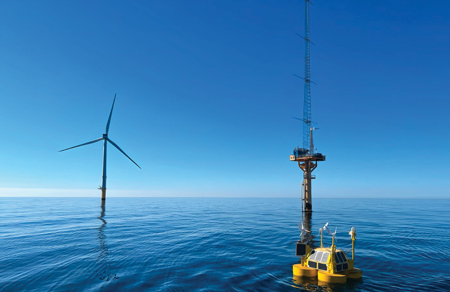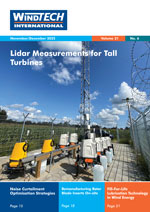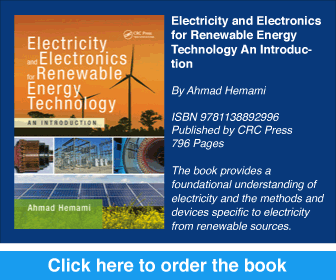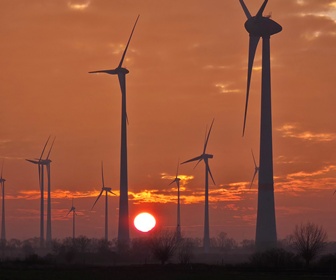What Is the Industry Willing to Accept to Confront It?
 Floating lidar systems have revolutionised the offshore wind industry by enabling the bankability of projects at a fraction of the original cost – successful wind resource assessment campaigns are essential for the economic viability of the wind farm development process. However, one parameter measured in such campaigns – turbulence intensity – is at the centre of debate. Its accuracy, with respect to the traditional definition, is known for not reaching industry standard levels, representing a serious problem because of the lack of consensus within the industry on how to address and solve this matter. The complexity of this phenomenon means that there is no optimal solution. Several suboptimal alternatives are currently under development, but there is not yet a clear picture of which is the right option. However, this might be about to change.
Floating lidar systems have revolutionised the offshore wind industry by enabling the bankability of projects at a fraction of the original cost – successful wind resource assessment campaigns are essential for the economic viability of the wind farm development process. However, one parameter measured in such campaigns – turbulence intensity – is at the centre of debate. Its accuracy, with respect to the traditional definition, is known for not reaching industry standard levels, representing a serious problem because of the lack of consensus within the industry on how to address and solve this matter. The complexity of this phenomenon means that there is no optimal solution. Several suboptimal alternatives are currently under development, but there is not yet a clear picture of which is the right option. However, this might be about to change.
By Adrià Miquel and Giacomo Rapisardi, Eolos Floating Lidar Solutions, Spain










